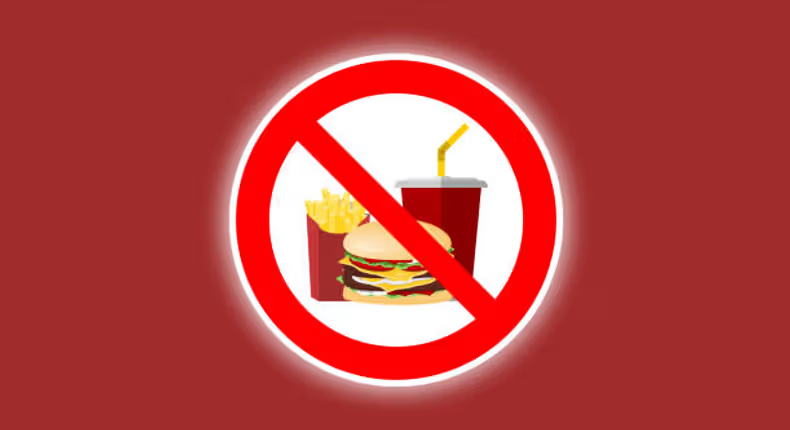Typhoid fever, caused by the bacteria Salmonella Typhi, spreads through contaminated food or water. Symptoms include high fever, stomach pain, weakness, and loss of appetite. Recovery can be slow, and your digestive system may remain sensitive for a while, making diet crucial for healing.
SPICY FOODS
After typhoid, it’s wise to avoid spicy foods. Ingredients like chili, pepper, and hot sauces can irritate your weakened digestive system, leading to discomfort, bloating, and diarrhea. Stick to mild flavors until your stomach recovers.
FRIED FOODS
Fried foods such as fries, doughnuts, and fried chicken are high in unhealthy fats that can upset digestion. Instead, opt for baking, steaming, or boiling, which retain nutrients and are easier on your stomach.
HIGH-FIBER FOODS
While fiber is generally beneficial, high-fiber foods like raw vegetables, whole grains, and legumes can be harsh on a recovering stomach, causing gas and bloating. Focus on easy-to-digest options like cooked vegetables, refined cereals, and peeled fruits.
DAIRY PRODUCTS
Some may develop temporary lactose intolerance post-typhoid, making dairy products like milk and cheese difficult to digest. Instead, consider non-dairy alternatives like almond or oat milk, which are gentler on the stomach.
PROCESSED FOODS
Processed foods often contain preservatives, artificial ingredients, and high levels of salt and sugar, which offer little nutritional value and can hinder recovery. Focus on fresh, whole foods like fruits, vegetables, and lean proteins to support healing.

